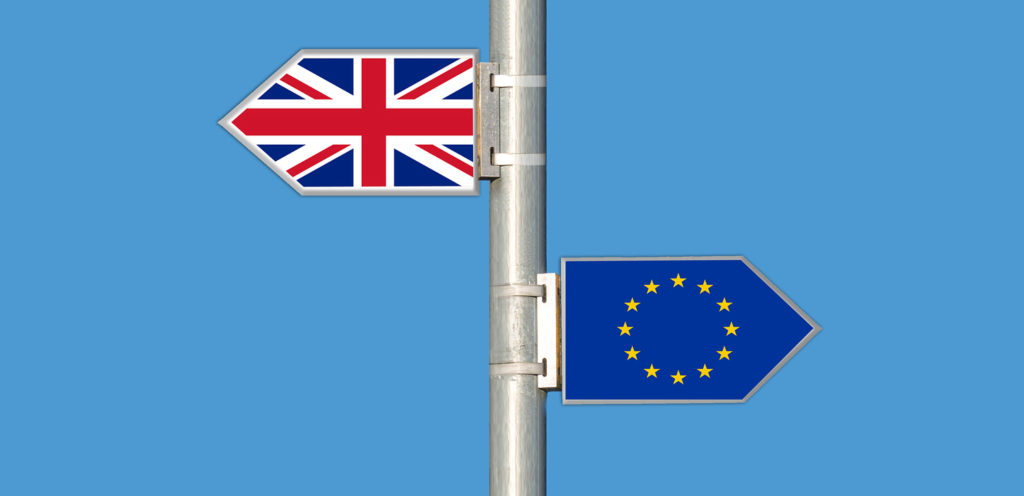There has been a lot of talk about ‘hard’ and ‘soft’ Brexit in recent years, but no matter what agreement is reached, goods will require customs clearance. If a free trade agreement exists between two countries, import duties may be free or preferential. But in terms of data, the requirements are the same either way, and we know that the level of readiness varies greatly from one postal operator to the next.
With ‘Brexit Day’ set for January 1, 2021, time is fast running out to ensure your processes and systems are in the best possible shape to meet the seismic changes that are facing the postal industry. But for postal operators and other delivery companies that get it right, the potential prizes are enormous. This is because of the continuing exponential growth in cross-border e-commerce trade, something which – after an initial dip – will only be further fueled by the lasting societal changes caused by the Covid-19 pandemic.
According to Pitney Bowes, more than 103 billion parcels were shipped globally in 2019, a figure that is forecast to double by 2026. According to Statista, the total value of global cross-border e-commerce is predicted to exceed US$3.5tn by 2022.
Postal operators have the advantage of scale, with over 75% of all e-commerce shipments already being handled by them. But there is no room for complacency, as failure to meet the challenges posed by Brexit and other regulatory changes will lead to customers taking their business to providers who are better prepared.
The key to success in this fast-changing world centers on the ability to provide complete and valid electronic data. Come January, the UK will be considered a third country in its relationship with the remaining 27 EU countries. This means that formal customs clearance will be required for imports coming into the UK from EU countries, as with items coming from outside of the EU. Similarly, for exports from the UK, the UK will be considered a third country to the remaining 27 EU countries. This means that formal customs clearance will be required into each of the 27 EU countries for items coming from the UK.
Prior to Brexit, a UK company or individual bringing in goods from outside of the EU under the Low Value Consignment Relief (LVCR) would not be required to pay import VAT if the goods have a value below £15 (US$19.50). Once the Brexit transitional period ends on January 1, the UK government has confirmed that this relief will be withdrawn. This will result in import VAT being charged on almost all imports – there are some exceptions for items such as children’s clothing – from both outside and within the EU.
This will have an impact on the delivered price of the goods to the UK company or individual. For example, an article costing £10 (US$13) prior to the end of the Brexit transitional period will cost £12 (US$15.60) after Brexit when the 20% VAT levy is applied.
To meet the data requirements of customs authorities, postal operators and other delivery providers need to provide the following:
• Accurate and detailed product descriptions;
• Correct HS 6 codes;
• Full details of shipper and consignee name and address data, including collection and importer details if relevant;
• Licenses or other specialized paperwork for goods where they are required to be shipped into and out of a country;
• Correct value of contents – values should represent the actual transaction value or a realistic market value;
• Country of origin (COO) – Customs needs to know where a commodity was manufactured as well as where it was exported from. The COO may influence the amount of duty and tax that may be applicable;
• Denied parties screening to avoid falling foul of governmental lists preventing shipment of goods to certain organizations or individuals.
Some posts and carriers have spent years preparing for this moment and will undoubtedly reap the rewards. Many others are far less prepared even as we enter the denouement to this long, and often tortuous, Brexit drama.


